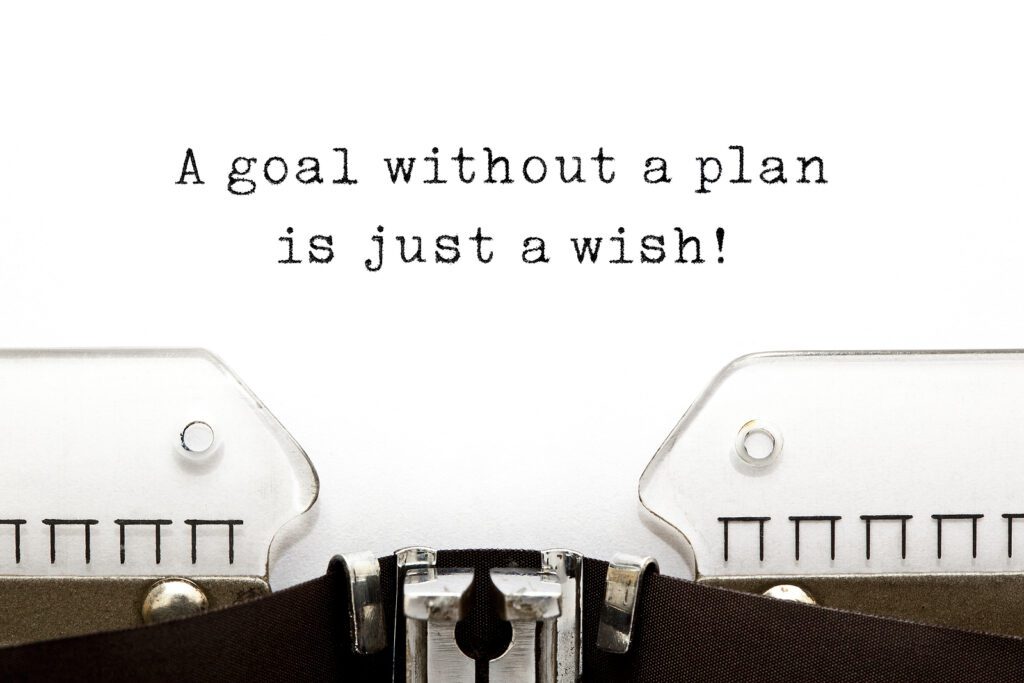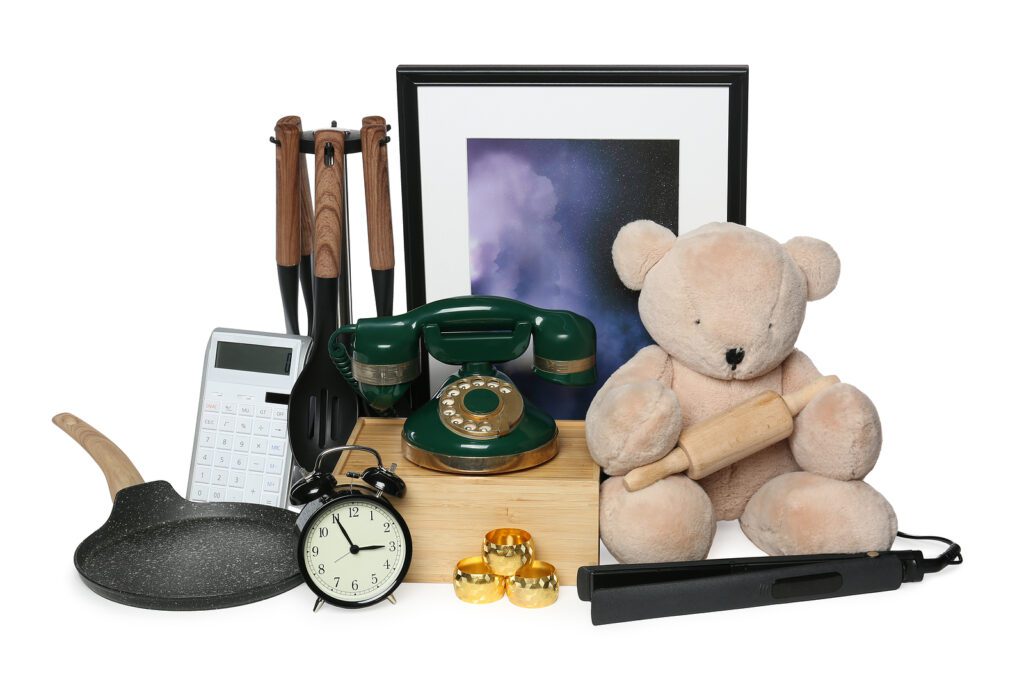5 Common Downsizing Mistakes Seniors Make (and How to Avoid Them)

Are you thinking about downsizing in the future but too overwhelmed by the process? It doesn’t have to be that way if you know the most common downsizing mistakes to avoid.
For most seniors, just thinking about a downsizing move is enough to put fear and dread into their hearts. Maybe you’ve heard horror stories from friends or personally experienced a rough transition with your parents in the past which only feeds your tendency to procrastinate.

A Plan is Key
This may surprise you, but downsizing doesn’t have to be a repeat horrendous experience others have gone through. Why? Most seniors feel overwhelmed primarily because they don’t have a solid plan. They don’t have the answers to basic questions like “How do you tackle a lifetime of belongings? When should I start the process? How do you make those hard decisions on what to keep and what to let go?”
However, when given a clear plan, my clients were consistently shocked at how much easier it was than expected. Many commented that if they had known this, they would have downsized sooner.
It certainly helps to have an experienced downsizing specialist help guide and create that personalized plan for you, but not everyone can afford to do that. So, for those planning on doing it alone, I’m sharing some insight on the 5 most common, stress-inducing downsizing mistakes that seniors make and ways to avoid them.

Mistake #1 – Trying to Do Everything at Once
Many seniors approach downsizing as a one-time event rather than a gradual process. Attempting to declutter an entire home quickly is a guarantee for feeling overwhelmed and exhausted, especially if you try to do it too close to your actual move.
In addition, they are more likely to hold onto items simply to finish the task thinking they’ll deal with it later. They don’t realize that procrastinating or failing to make the decisions earlier only adds to the pain point.
What works instead? Breaking the process down into smaller, manageable steps over time can make it more achievable and less stressful. The key here is to start now no matter when you think you’re moving. You never know when a downsizing move may sneak up on you unexpectedly as it did for my own Mom.
Secondly, start your purge process with small areas and complete each area before moving on to the next. This doesn’t mean pulling all of your items out of your closet into a big pile. Start with a smaller section of your closet or a drawer in a dresser. You’ll decrease the chaos and see real progress as you finish each space.

Mistake #2 – Underestimating the Emotional Impact
Downsizing often stirs up strong emotions, especially when it involves items with sentimental value. The problem only gets worse if you’re trying to rush the process. Many seniors feel unprepared for the emotions involved and find it harder than anticipated to let go, even for things they’d forgotten about hidden in a cabinet for decades.
Acknowledging these emotions and taking the time to process them is key to making the process smoother. Start by taking stock of the items in your home that you use most often in daily life. For instance, it’s common to think you should take a 12-place setting of formal dishware and crystal to your new home even if it doesn’t have a formal dining room.
But take a moment to step back and ask yourself these questions.
Are you still actively doing formal entertaining? Will your new home have space to store these articles or is that space better suited to more valuable items you use every day? How many guests can you realistically serve at a smaller dining table? Is handwashing fine china in line with the new lower-maintenance lifestyle you’re seeking in a smaller home?
Telling yourself that you’re taking it because 1) you’ve always had it 2) someone meaningful gave it to you or 3) you spent a lot of money in purchasing it are not valid reasons to keep it if it’s not giving you true enjoyment in the here and now.
After all, those memories aren’t going away if you let an item go. Keep your eyes on the prize. You’re making a downsizing move for a reason. Permitting yourself to be honest about your current and future needs can make that decision much easier.

Mistake #3 – Holding Onto “Just in Case” Items
Many of us keep items because we think we might need them someday, even if we haven’t used them in years. This mindset can make it difficult to downsize effectively because it leads to keeping too many unused or outdated items. Ultimately it’s a key contributor to overcrowding in a small space.
In my Mother’s case, she had kept six staplers “just in case” in her office closet, even though the current stapler on her desk had served her well for 20 years. Having extra items when you have the space is one thing. Keeping them when you don’t will only create anxiety and unhappiness in a home that should create a sense of warmth and enjoyment.
Here’s the good news! While letting things go can feel uncomfortable initially, I’ve consistently heard from clients post-move, that the items they thought were “critical” and resistant to disposing, weren’t even being missed. It’s simple. Out of sight means out of mind.

Mistake #4 – Not Considering the New Space
Moving to a smaller home requires careful planning around the available space. Many seniors make the mistake of not carefully measuring their new space or understanding its limitations, which leads to bringing too much furniture or unnecessary items that won’t fit comfortably.
Believe me, the last thing you need on move day is to arrive at your new home with too many items. It only compounds the stress you think you’re avoiding by not letting go of them before your move. In addition, too many extra things make a smaller space seem even smaller than they are.
One of the biggest challenges is fitting clothing into a much smaller space. One way to get clear on exactly how much space you have for clothing in your new home is to measure the new closet’s hanging capacity (rod length, single or double rods, long hanging space, etc).
After measuring, apply the measurements to your existing home closets using blue painter’s masking tape above the hanging rod area. By only keeping clothing that will fit in that area, you’ll significantly reduce any unpleasant surprises on move day at your new home.
A second tip is to add a small chest of drawers into your closet to help store sweaters, seasonal accessories, etc., or go vertical! Use vertical hanging organizers on your closet rods or doors for shoes, belts, ties, etc.

Mistake #5 – Neglecting to Plan for the Future
Another mistake seniors make is deciding what to take based on outdated priorities. For instance, they may be moving into a two-bedroom condominium and think a second bedroom should always be used as a guest room for family visits. Instead, adjust your thinking toward more self-focused priorities and daily needs like an office or computer room, a place to exercise, or a craft or hobby room.
Are you a couple with multiple needs for the same space? Don’t try to fit larger furniture from your existing home (oversized couches, office desks, large bookcases, etc.) into a smaller space. Consider a furnishings scale, storage space capacity, and current utility needs when deciding what to bring to your new home. Luckily, many space-saving, smaller-scale multi-purpose furnishings are available today which allow you to incorporate multi-user needs more effectively.
Downsizing is also an opportunity to create a home that supports future needs. Seniors may forget to consider things like accessibility, ease of maintenance, or health-related needs when deciding what to keep. Prioritizing items that enhance safety, comfort, and independence can help create a more supportive space long-term.

Don’t Be Afraid to Ask for Help!
Need help creating a plan? Consider hiring a professional home organizer or a senior downsizing specialist to assess your needs. Not only can they help you create a plan, they’ll also be there to aid you gain clarity in that critical decision-making process of what to keep. Think of them as your personal downsizing cheerleader and coach.
Need a more affordable option? Try my Letting Go of Life’s Treasures: A Downsizing Guide for Purging and Disposal video guide by clicking here. Either way, you’ll be glad you invested!
Deborah

P.S. Need more information about other tips and strategies related to downsizing? Check out my Downsizing Made Simpler Series for seniors, their families, and senior-service professionals by clicking here.
